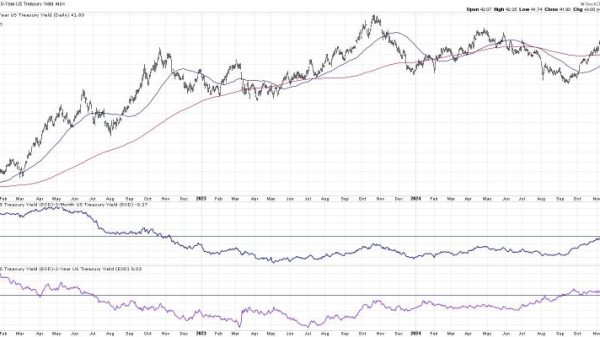The Federal Reserve conducts stress tests on banks annually to assess their resilience to adverse economic scenarios. These tests are crucial for investors looking to understand the soundness of banks within their portfolio.
Key Metrics in Stress Tests
The stress tests evaluate various metrics, including capital adequacy, leverage ratios, and risk-weighted assets. These metrics indicate a bank’s ability to withstand economic downturns and remain solvent. Investors should pay close attention to these results to gauge the financial strength of the banks in which they have invested.
Implications for Investors
For investors, the results of stress tests can provide valuable insights into the stability and reliability of their bank holdings. A bank that performs well in stress tests is likely to be better equipped to weather economic turbulence, making it a safer investment option. On the other hand, a bank that struggles in stress tests may indicate higher risk for investors.
Diversification Strategies
One strategy for investors in response to stress test results is diversification. By spreading investments across multiple banks with varying stress test performances, investors can mitigate risk and protect their portfolios from potential vulnerabilities in any single institution. Diversification is key for maintaining a robust and resilient investment portfolio.
Long-term Planning
Investors should also consider stress test results in the context of their long-term financial goals. A bank that consistently performs well in stress tests may be a suitable choice for long-term investments, providing stability and steady returns over time. Conversely, banks with poor stress test results may warrant a reevaluation of their role in a long-term portfolio strategy.
Monitoring and Adjusting
Stress test results should serve as a regular point of review for investors. Monitoring how banks within their portfolio fare in stress tests each year can help investors make informed decisions about reallocating investments or adjusting their portfolio to maintain a healthy balance of risk and return. Staying informed and proactive is essential for successful investing.
In conclusion, the results of bank stress tests are valuable indicators for investors seeking to assess the stability and resilience of their financial holdings. By understanding the implications of stress test results, diversifying strategically, planning for the long term, and regularly monitoring and adjusting their portfolios, investors can make informed decisions that align with their financial goals and risk tolerance.


























